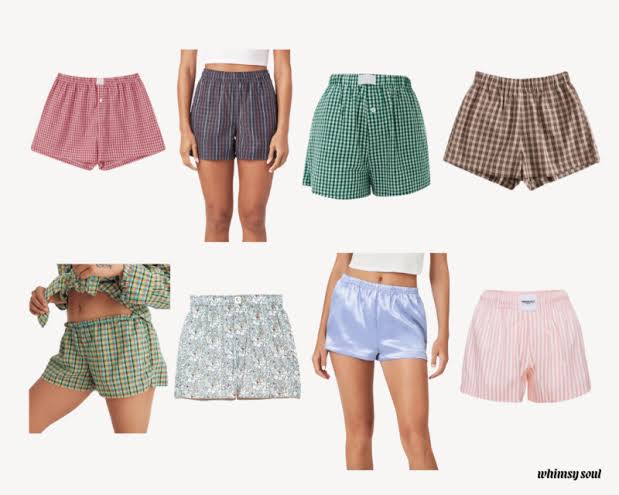
Eco-Friendly
Introduction to Sustainability in Athletic Wear
Sustainability has become a pivotal trend in the fashion and athletic wear industry. As public awareness of the effects of clothing production on the environment has increased, there’s been a significant shift towards eco-friendly and responsibly made products. This shift is especially notable in the athletic wear sector, where the demand for high-performance and sustainable products continues to rise. With consumers being increasingly aware of their options, companies are stepping up to meet the demand for sustainable athletic wear that doesn’t compromise on performance or style.
Materials like eco-fabrics are gaining popularity with customers who are concerned about their environmental impact. Through innovation and responsible sourcing, companies are moving towards sustainable practices to produce durable and high-performing athletic wear. This transition is reshaping the industry, setting new standards for both quality and environmental stewardship.
What Are Sustainable Fabrics?
Sustainable fabrics are materials that are made using environmentally friendly processes and resources. These fabrics aim to reduce the negative impact on the planet by minimizing water usage, reducing chemical applications, and cutting down on waste production. Common examples of sustainable fabrics include organic cotton, bamboo, and recycled polyester, all of which offer various eco-benefits over conventional materials. Organic cotton, for instance, is produced without the use of hazardous substances or insecticides, safeguarding the environment and the farmers who grow it.
Bamboo is another excellent sustainable material known for its rapid growth and minimal need for pesticides. It’s really soft and breathable in addition to being environmentally friendly, making it a popular choice for athletic wear. Recycled polyester, on the other hand, helps reduce plastic waste by converting discarded plastic bottles into high-quality fabric. This procedure lowers the amount of garbage going to landfills as well as the need for virgin polyester production, leading to significant environmental benefits.
Importance of Eco-Friendly Materials
Lowering the apparel industry’s carbon footprint requires the use of eco-friendly materials. By choosing sustainable fabrics, companies can conserve natural resources, limit pollution, and promote a more sustainable lifestyle. For instance, Greenpeace has long advocated for more sustainable practices in garment production to mitigate these significant environmental impacts. The organization emphasizes the urgent need for the fashion industry to adopt cleaner and more sustainable methods to protect our planet.
The benefits of adopting eco-friendly materials extend beyond environmental conservation. These materials can also lead to healthier working conditions for farmers and workers by reducing their exposure to harmful chemicals. Additionally, eco-conscious consumers are increasingly seeking out products that are consistent with their principles, creating a market for sustainable products and motivating other companies to use environmentally friendly methods.
Popular Sustainable Fabrics in Athletic Wear
The athletic wear industry has embraced several sustainable fabrics, each offering unique benefits:
- Organic Cotton: Grows without harmful chemicals, making it safe for both farmers and the environment. It’s also incredibly soft and breathable, making it ideal for athletic wear.
- Bamboo: A fast-growing plant that requires fewer pesticides and is highly renewable. Bamboo fabric is a fantastic option for sportswear because of its reputation for being soft and moisture-wicking.
- Recycled Polyester: Converts plastic waste into high-quality fabrics, cutting down on garbage in landfills and the requirement for new polyester production. This fabric is durable, quick-drying, and perfect for athletic wear.
- COOLMAX® Technology: Provides moisture-wicking and cooling features made from recycled materials. This innovative fabric helps keep athletes dry and comfortable, enhancing their performance.
These sustainable fabrics are not just environmentally friendly but also offer superior performance characteristics that make them ideal for athletic wear. By incorporating these materials, brands can create products that meet the high expectations of athletes while also contributing to a more sustainable future.
Benefits of COOLMAX® Technology
COOLMAX® Technology is designed to keep the wearer cool and dry, which is particularly beneficial for athletes engaged in intense physical activities. This innovative fabric technology offers moisture management and breathability, improving overall comfort and performance. The fabric’s unique structure allows it to move moisture away from the body to the outer layer, where it can evaporate quickly, keeping the wearer dry and comfortable.
Additionally, using cooling textiles can enhance the user experience by keeping them cool even during rigorous exercise. COOLMAX® Technology fabrics are also made from recycled materials, contributing to sustainability efforts while providing excellent performance. This dual benefit makes them a valuable addition to the range of eco-friendly fabrics available for athletic wear.
Case Studies of Sustainable Athletic Wear Brands
Several brands have adopted sustainable practices in their production processes, setting benchmarks for the industry. These case studies showcase how leading companies are integrating sustainability into their business models:
- Patagonia: Recognized for its dedication to ecological accountability, Patagonia uses recycled and organic materials extensively in its products. The brand also advocates for environmental causes and contributes a percentage of its earnings to conservation efforts.
- Nike: Through its Move to Zero initiative, Nike aims for zero carbon and zero waste, integrating sustainable materials into their athletic wear offerings. Nike’s efforts include using recycled polyester in their goods and cutting down on waste across their supply chain.
These brands are leading the way in the sustainable athletic wear movement, demonstrating that it’s possible to create high-performance products while also caring for the environment. Their success serves as an inspiration for other businesses to take a cue and implement eco-friendly procedures.
How to Choose Sustainable Athletic Gear
Choosing sustainable athletic gear can be a rewarding experience when you know what to look for. Here are some tips to guide your purchase:
- Look for certifications like GOTS (Global Organic Textile Standard) or OEKO-TEX. These certificates guarantee that the goods adhere to strict guidelines for social responsibility and the environment.
- Examine the company’s sustainability pledge to be sure they follow through on eco-friendly practices. Look for transparency in their supply chain and sustainability reports.
- Opt for products made from recycled or organic materials to support sustainable sourcing. Materials like organic cotton, bamboo, and recycled polyester are excellent choices.
- Check for durability and quality to ensure long-lasting use, which reduces the need to replace items frequently. Investing in high-quality gear also means you’re less likely to contribute to waste.
By following these tips, you can make informed choices that align with your values and support a more sustainable future. Choosing sustainable athletic gear not only benefits the environment but also promotes better business practices in the industry.






